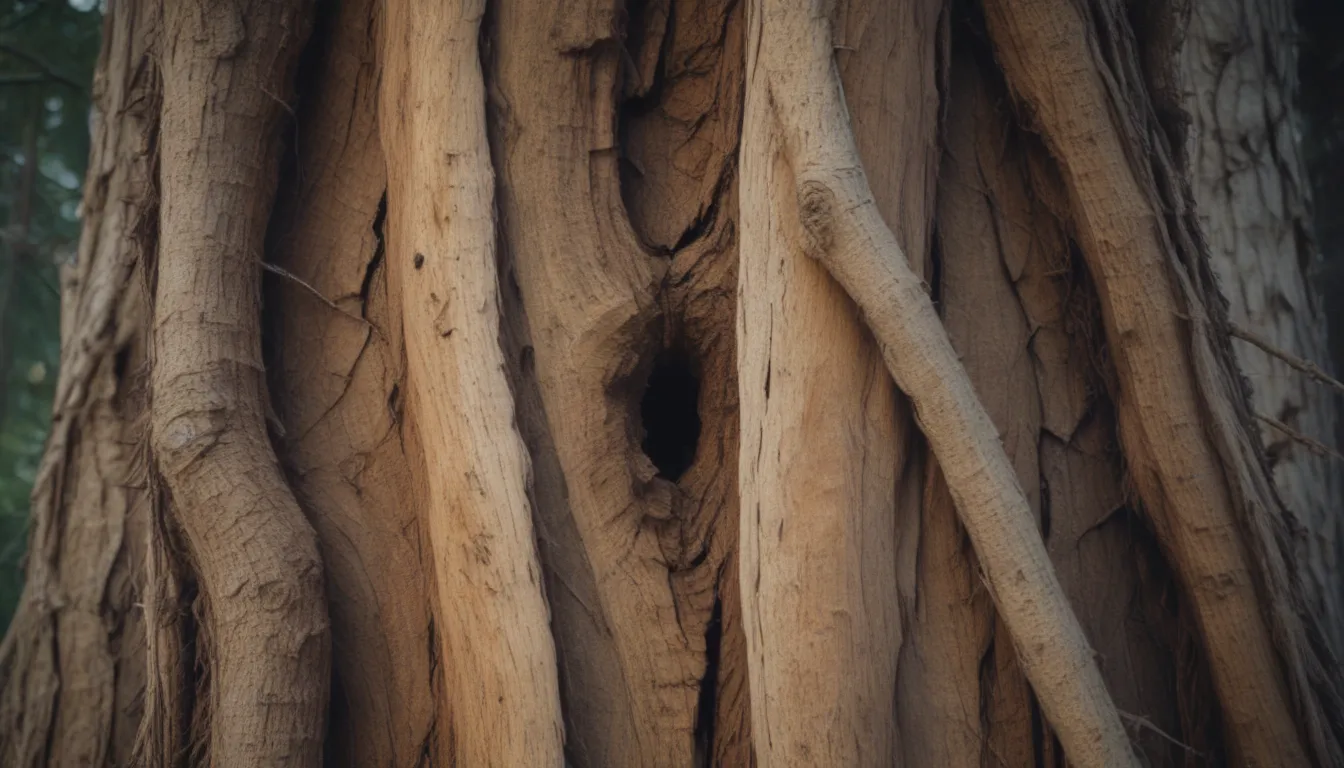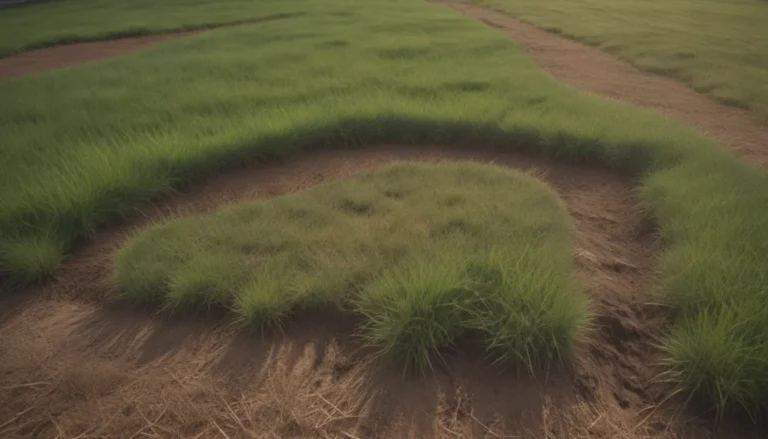Signs of a Dead Tree: How to Identify and Deal with Tree Decay

Have you ever walked past a tree in your yard and wondered, “Is it dead or just sick?” Understanding the signs of a dying tree can help you determine its health and take appropriate action. Whether it’s due to disease, insects, or simply old age, it’s important to know when a tree is beyond saving. In this article, we will explore six key signs that indicate a tree may be dead or on its way there. From lack of foliage to trunk damage and fungus growth, we will cover it all. So, let’s dive in and learn how to tell if a tree is dead.
1. Lack of Foliage
- If it is spring or summer and all the neighboring trees have lush foliage but your tree remains bare, it could be a sign of trouble.
- A deciduous tree holding onto leaves in winter or autumn when it shouldn’t is also a cause for concern.
- Remember, a lack of leaves doesn’t always mean the tree is dead, but it’s worth investigating further.
2. Trunk Damage
- Visible trunk damage, such as stripped bark or significant wounds, can be a clear indicator that a tree is struggling.
- If the bark is completely stripped around the tree or if there is extensive damage to the main trunk, the tree’s chances of survival are slim.
3. Fungus Growth
- Look for bracket or shelf fungus on the trunk or excessive fungus growth around the tree’s base.
- Fungi attacking live tissue on a tree can indicate rotting and decay, posing a serious threat to the tree’s health.
- Large amounts of fungus around the tree or on the roots suggest that the tree’s root system is compromised.
4. Vertical Cracks
- While not always a definitive sign, large vertical cracks or splits in the tree’s trunk can be a cause for concern.
- If paired with other signs of decay, vertical cracks may indicate that the tree is dying or already dead.
5. Peeling Bark
- Peeling bark, especially in a 360-degree pattern known as girdling, can signal a tree’s decline.
- Look for signs of old, worn bark with no new growth underneath, indicating the tree is not recovering from damage.
6. Sudden Leaning
- A sudden lean in a tree can be a sign of root rot, especially if mushrooms are present around the base.
- Consider factors like wind exposure, branch condition, and ground slope when assessing a tree’s lean.
- A sudden, significant lean in a tree may indicate that it is at risk of falling and should be addressed promptly.
Quick Test to Confirm a Tree Is Dead
- Check for green growth on the tree, evidence of rot or fungus, and physical damage.
- If none of these signs are present, the tree may be dead. Consult a certified arborist for a professional opinion.
- Dead trees can pose hazards as they decay, potentially dropping limbs or falling entirely. Removal may be necessary to prevent accidents.
Dealing with Dead Trees
While removing a dead tree is crucial for safety reasons, you may wonder about the best course of action for trees that do not pose an immediate hazard. Here are a few considerations to keep in mind:
- Dead trees lose structural integrity as they decay, increasing the risk of falling limbs or complete collapse.
- Dead trees can attract wildlife, which may be unwanted in some cases.
- Pathogens or insects that killed the tree can spread to other plants if the dead tree remains in place.
- Stump removal is often recommended for both aesthetic and practical reasons, as decaying stumps can harbor diseases and attract pests.
In conclusion, identifying the signs of a dead tree is essential for maintaining a healthy and safe outdoor space. By understanding what to look for, you can take appropriate action to address tree decay and prevent potential hazards. Remember to consult a professional arborist for expert guidance on tree care and removal. Stay vigilant and keep your trees healthy for a thriving landscape.





